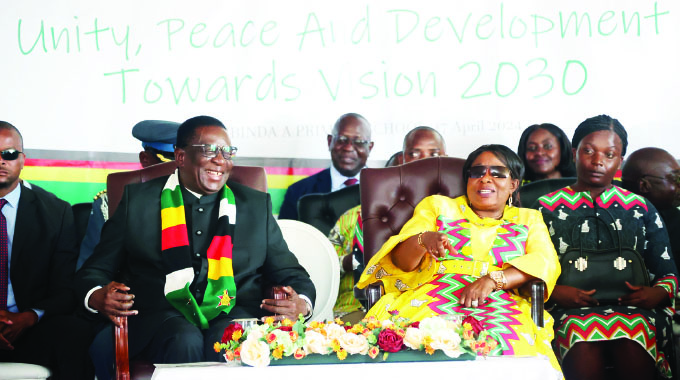Normal to above normal rains expected

Elita Chikwati Senior Reporter
Most of the central and southern parts of Southern African Development Community (Sadc), including all of Zimbabwe, should receive normal to above normal rains throughout the coming season, while a belt across the north of Sadc is likely to have normal to below normal in the first half, predicts the Southern Africa Regional Climate Outlook Forum (Sarcof 24).
Sarcof groups all regional climate experts and they managed to meet virtually for their recent 24th meeting where, after looking at all factors, they predicted that the bulk of SADC is likely to receive normal to above normal rainfall for the most of the first half of the summer season from October to December this year.
Zimbabwe is among the countries that are expected to receive normal to above normal rainfall for the full six months from October this year to March next year.
But the regional body said a northern belt territory — north western Angola, most of Democratic Republic of Congo most of eastern Madagascar, northern Malawi, northern Mozambique, Seychelles, Tanzania and north eastern Zambia — was likely to receive normal to below normal rains .
Above normal rainfall is defined as rainfall lying within the wettest third recorded during the 30 years from 1981 to 2010. SADC experts, who participated in the meeting, said the forecast implies that there are better chances of an increase in dam levels, potential for good harvests while the growing period will be longer with the good rains. They said the region will also experience heavy rainfall, flash flooding, storms, flooding and diseases such as cholera.
In the agriculture sector, the experts said water-logging can result in food insecurity, increased pests and diseases that affect livestock, and increases in crop pests such as locusts.
They advised that Governments in the region should stock up on dipping chemicals and promote regular dipping of livestock, rehabilitation of water storage facilities to take advantage of the rains, and invest more on soil conservation given potential for water-logging or flooding.
Farmers in flood-prone areas, they said, should plant upland and undertake good land management. Farmers need to take advantage of good production potential and maximise production.
“Governments and development partners need to provide support for agricultural inputs for farmers affected by previous recurrent droughts, improve harvest storage facilities and encourage medium to late maturity varieties,” they said.
Meteorological Services Department director, Mrs Rebecca Manzou told stakeholders attending the annual agribusiness conference at the Exhibition Park on Wednesday, that the national forecast will be released next week.
“Once Sarcof is given, we downscale and localise our forecast. The national forecast is going to be issued on the first Wednesday of September,” she said.
President Mnangagwa, who headlined the event, urged the weather experts to take into consideration indigenous knowledge systems.
“Besides scientific evidence, we have our own ways of forecasting such as the movement of ants and these should also be considered,” he said.
He urged farmers to prepare well since the prospects for a good agriculture season are bright.
“With the summer cropping season approaching let us make 2021 season a resounding success. Zimbabwe had circles of droughts and good rains. This season we have good rains,” he said.







Comments